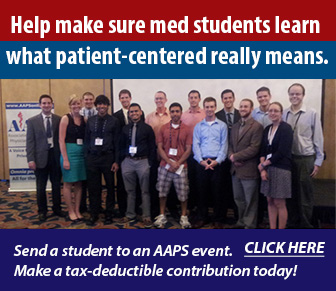There is an adage that says many cases are won or lost in the process of voir dire or jury selection. Lawrence Huntoon, M.D., Ph.D., who has been an expert witness in many trials concerning sham peer review, explains how the process works, in the winter issue of the Journal of American Physicians and Surgeons.
The origin of voir dire predates the landmark Commentaries on the Laws of England by Sir William Blackstone in the late 1760s, writes Dr. Huntoon. Its primary purpose is to exclude potential jurors who will be biased against the physician’s case.
Attorneys try to design questions that help to reveal bias, willingness to follow the law, attitude toward justice and fairness, and reasoning ability. One question proposed by Dr. Huntoon for excluding a juror for cause is “Do you work a night shift?”
“A trial involving sham peer review involves complex issues (medical staff bylaws, peer review process, National Practitioner Data Bank, Health Care Quality Improvement Act, and breach of contract/tort claims), which are outside the knowledge and common experience of most jurors.” Many find the explanations to be tedious and boring. “Jurors who work a night shift and who normally sleep during the daytime may find it especially challenging to stay awake during the trial.”
Dr. Huntoon explains the types of challenges, the ways in which the process may vary between jurisdictions, techniques such as looping and deconditioning, and visual clues.
“Voir dire is the most important part of any trial,” Dr. Huntoon concludes. “It requires thoughtful strategy and planning…. The more that physicians and their attorneys know about the voir dire process in sham peer review cases, the better chance they have of winning their case.”
The Journal of American Physicians and Surgeons is published by the Association of American Physicians and Surgeons (AAPS), a national organization representing physicians in all specialties since 1943.
Read Full Article: https://jpands.org/vol26no4/huntoon.pdf




